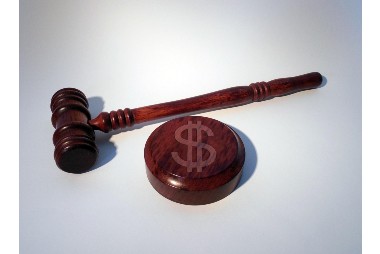Dealing with the loss of a loved one is challenging enough without the added complexity…
Focus on CGT Asset Disposals
 When you dispose of an asset—sell it, lose it, swap it, or end your ownership—it triggers a Capital Gains Tax (CGT) event. This is when a capital gain or loss is crystallised and potentially needs to be reported in your tax return.
When you dispose of an asset—sell it, lose it, swap it, or end your ownership—it triggers a Capital Gains Tax (CGT) event. This is when a capital gain or loss is crystallised and potentially needs to be reported in your tax return.
What Counts as a CGT Event?
According to the ATO, CGT events arise in a variety of scenarios, such as:
- Selling or transferring an asset (e.g., property, shares)
- Loss, theft, or destruction of an asset
- Granting rights or options (like mining rights, leases, contracts)
- Trust-related transfers, estate dealings, or changes in residency
- Each type of CGT event determines the timing of the event and how gains or losses are calculated.
When does the CGT Event Actually Occur?
- If a sale contract exists (like for property), the event occurs when you enter into the contract—even if settlement happens later
- Example: You sign a contract to sell land in June 2024 but settle in October. The CGT event—and gain/loss—is recorded for the 2023–24 tax year
- If there’s no contract, the event occurs when you cease ownership—for example, selling shares when they’re traded through your brokerage account
- For loss, theft, destruction, the event is triggered when you first receive compensation—or, if none is received, when the loss is discovered
- For compulsory acquisitions, it’s the earlier of when you receive compensation or when the acquiring entity takes possession
Calculating Capital Gains or Losses
Your capital gain is typically:
- Capital proceeds (what you receive) − Asset’s cost base
- Similarly, a capital loss is:
- Asset’s reduced cost base − Capital proceeds
Calculation nuances include:
- Capital proceeds can include money, property, or market value, depending on the transfer type
- If an asset is gifted or sold below market value to a related party, the market value substitution rule may apply
- Expenses like advertising fees or agent’s commissions typically form part of the cost base
- For depreciating assets, such as business equipment used for private purposes, CGT may include a balancing adjustment, depending on write-down and use proportions
Exemptions & Special Provisions
- Pre-CGT assets (those acquired before 20 September 1985) are generally exempt—unless significantly altered or inherited
- The main residence exemption typically applies to your home, unless parts were used for business or periods when you rented it out
- Personal use assets and collectibles under prescribed value thresholds may be exempt, but losses are quarantined to against similar categories only
- You may be eligible for a 50% discount on capital gains for individual taxpayers if the asset was held over 12 months; super funds get a 33.3% discount
Rolling Over CGT on Involuntary Disposals
If an asset is lost, destroyed, or compulsorily acquired, you may postpone your CGT liability by rolling it over:
- You can defer the CGT if you reinvest in a similar asset for business use, or repair the asset within a specific timeframe (usually up to one year before or after the disposal)
- No formal election is required—your tax return indicates this rollover treatment
Why It Matters
Understanding when CGT events occur—and how to accurately calculate and report them—is crucial for:
- Complying with tax laws
- Timing transactions strategically
- Optimising tax liability through exemptions, discounts, and rollovers
Contact one of our accountants if you require further assistance on asset disposals and capital gains tax.
Source: ato.gov.au



